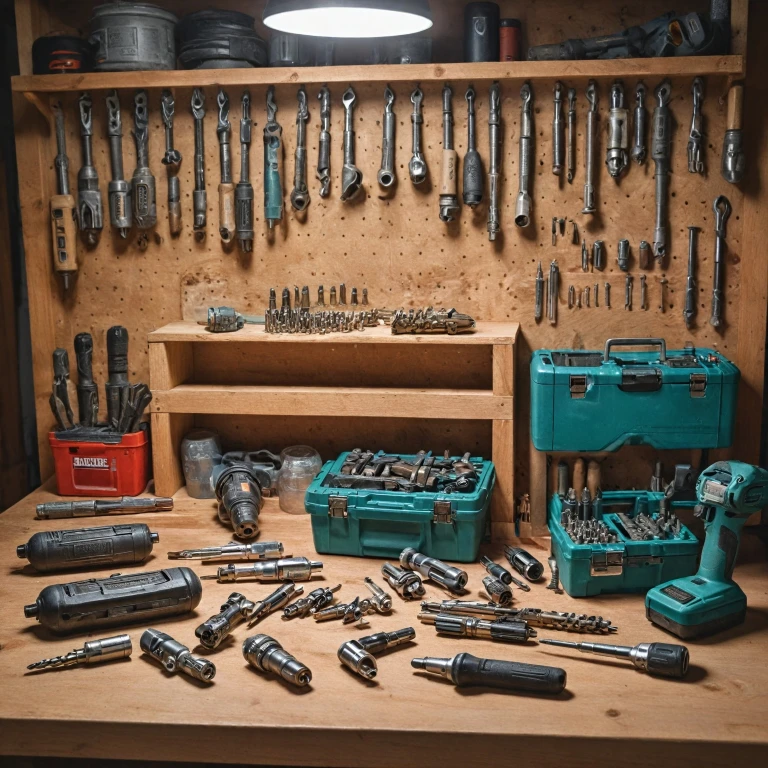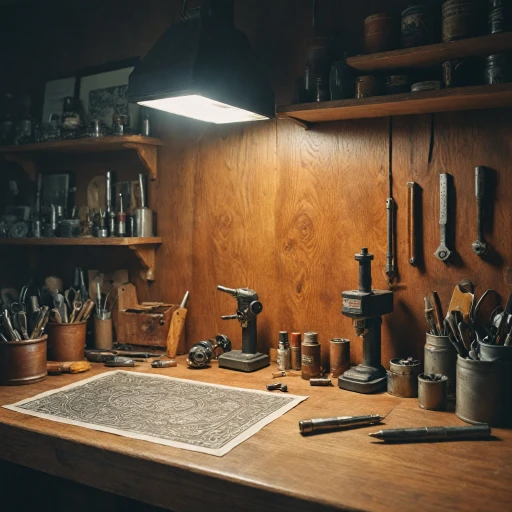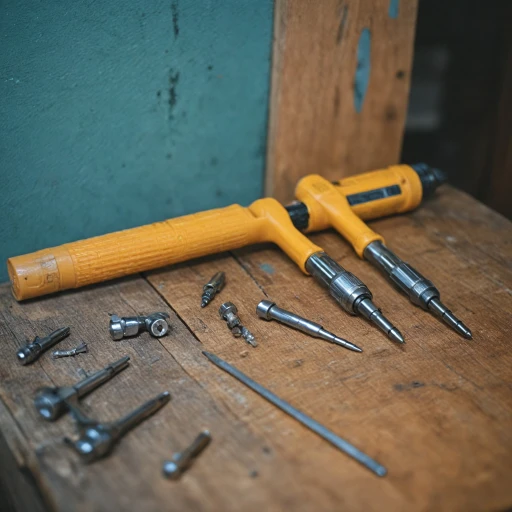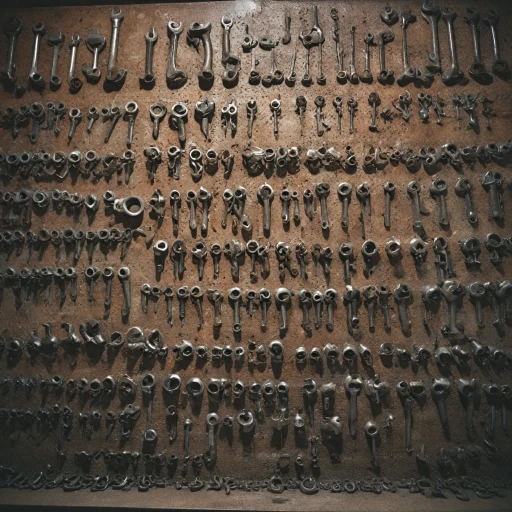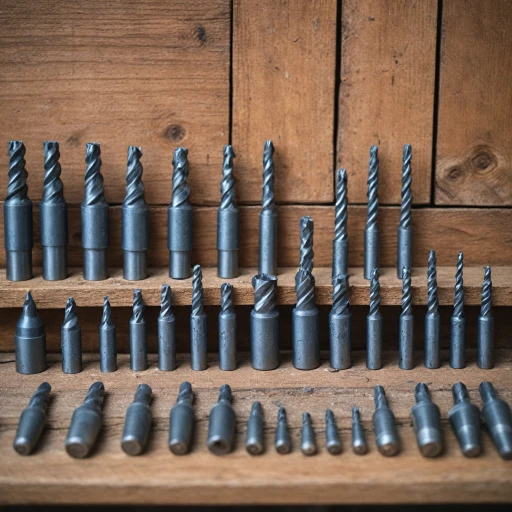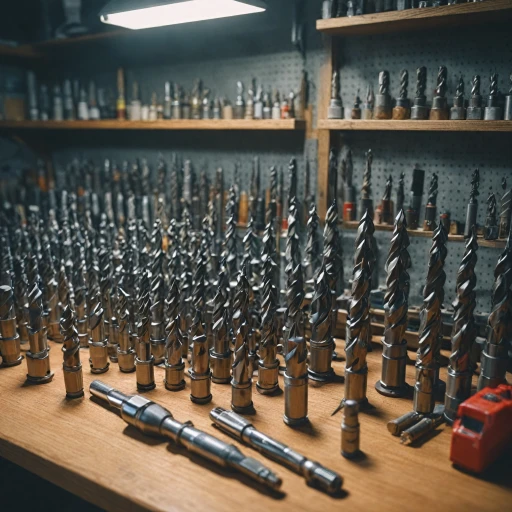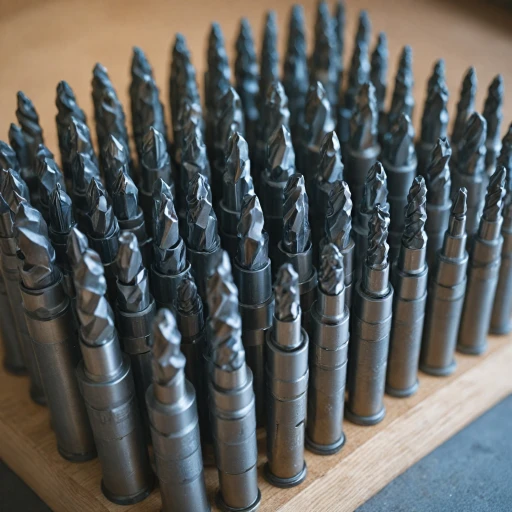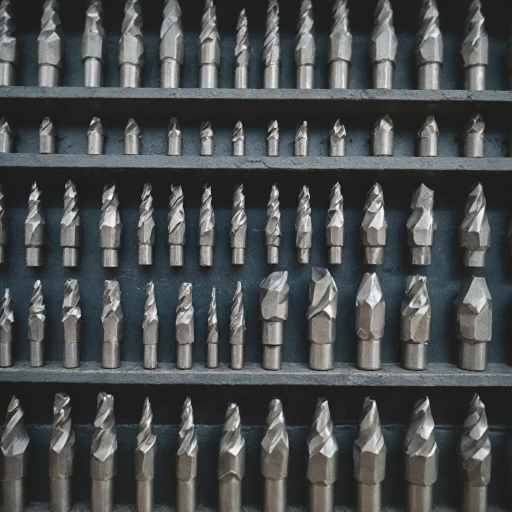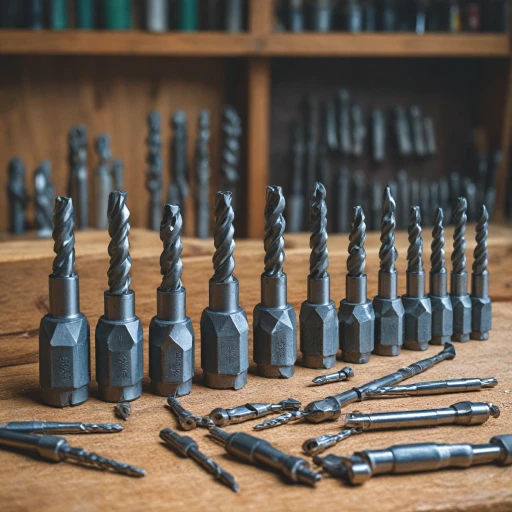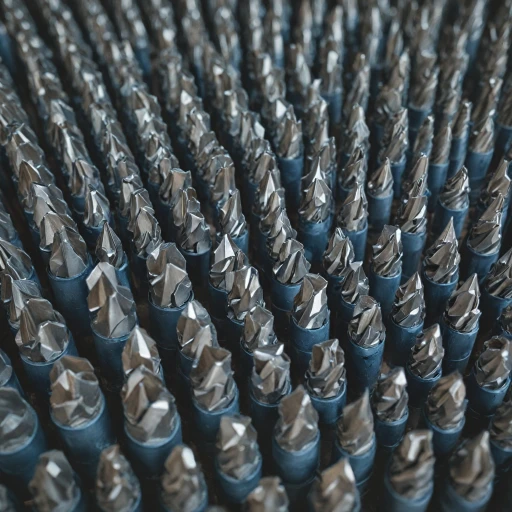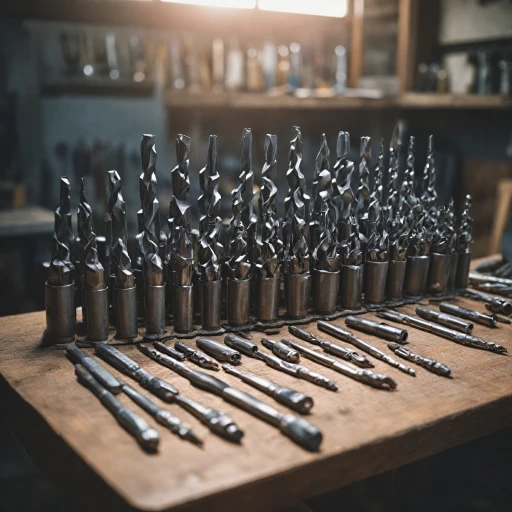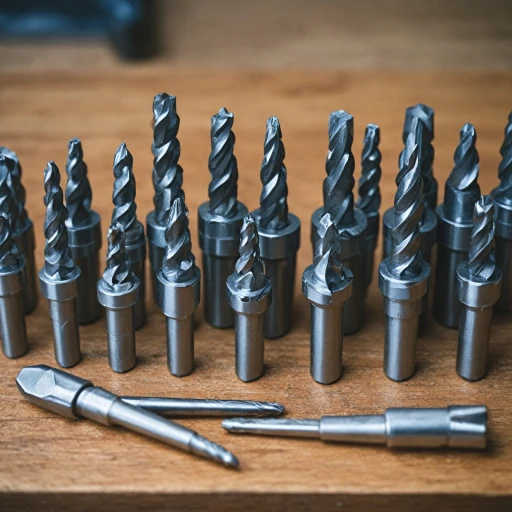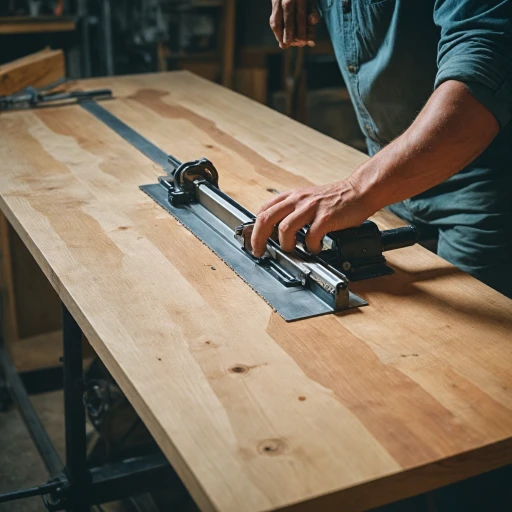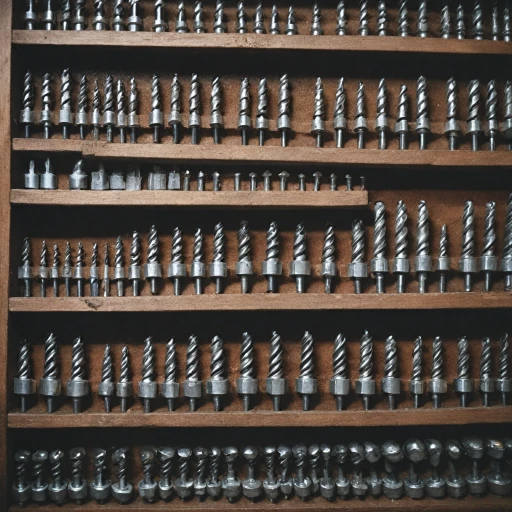
Understanding Cordless Drill Features
Key Features of Cordless Drills
When it comes to selecting a cordless drill set, understanding the key features can significantly enhance your choice. First and foremost, pay attention to the power source. Cordless drills typically run on rechargeable batteries, making them highly portable and convenient for tasks around the shop or on the go.
The motor power is another critical component. Cordless drills come in varying power ratings, often measured in volts. Higher voltage drills can handle heavier tasks such as drilling through metal or thick wood. However, for lighter work, lower voltage drills are more energy-efficient and cost-effective.
Next, consider the torque settings. This feature allows for precision and control, especially when working on delicate projects like furniture assembly where overdriving a screw could damage the wood. Most drills feature adjustable torque settings, providing flexibility for various tasks.
Drill Chuck and Speed Regulation
The chuck size determines the maximum diameter of a drill bit that your drill can accommodate. Common sizes include 3/8 inch and 1/2 inch, suitable for a wide range of drill bits.
Speed regulation is another valuable feature in cordless drills. Look for a drill with variable speed settings to adapt to different materials and drilling requirements. For instance, higher speeds are ideal for drilling through wood, while lower speeds are more effective for metal.
Accessories and Ergonomic Design
A comprehensive drill kit often includes essential accessories like a bit set featuring twist drills, hammer drills, masonry drills, and more. These tools equip you to tackle various projects efficiently.
Finally, don’t overlook the importance of ergonomic design. A well-designed drill reduces strain during extended use, featuring comfortable grips, balanced weight distribution, and accessible controls.
Types of Drill Bits and Their Uses
Diverse Range of Drill Bits and Their Specific Roles
When it comes to equipping your cordless drill, selecting the appropriate drill bits is crucial for efficient and precise work. Understanding the different types of drill bits and their intended uses can greatly enhance your portability and performance in various projects.
Variety of Drill Bit Types
Here’s a look at various bit types and their specific applications:
- Twist Drill: Widely used for general purpose drilling and available in different sizes, these are often crafted from high-speed steel or coated with materials like titanium.
- Brad Point: Ideal for woodwork, these bits prevent the wood from splintering and provide a clean hole thanks to their sharp center point.
- Masonry Drill: Designed specifically for concrete and brick, these typically come with a carbide tip for added durability.
- Hole Saws: Suited for large holes, especially in wood or thin metal, these create an opening surrounded by a central pivot.
- Spade Bit: Great for rough work in wood, where precision isn’t a primary concern.
- Forstner Bit: Offers clean and precise flat-bottomed holes, particularly useful for creating a smooth hole without exit tear, often in cabinetry work.
- Jobber Drill: Known for reach, making them fit for deep holes in harder materials.
- Hex Shank: Preferred for quick bit changes, fitting securely in your tool's chuck.
- Left Hand Drill: Used for removing broken fasteners. They turn counter-clockwise as you drill.
Choosing the Right Bit Sets
Having access to a comprehensive bit set is beneficial for maintaining versatility in your toolkit. Consider choosing the right drill bits for metal work when you're primarily dealing with metal surfaces, as specialized bits will make all the difference in execution and appearance.
Align Accessories with Your Drill's Capabilities
Your cordless drills and their accessories should complement each other for optimal performance. From the grip of the chuck on drill bits to managing dust while working, understanding compatibility is key, much like it is with certain saws or other electronic tools.
Matching Drill Bits with Materials
Consider the Material Before Selecting Bits
When you're diving into a project, the choice of drill bits is influenced by the type of material you intend to work with. Different materials necessitate distinct bit designs and constructions. Here’s a streamlined approach:- Wood Drilling: For wood, brad point bits are highly recommended. They feature a center point that keeps the bit from wandering. In larger hole-cutting, hole saws will definitely come in handy. Consider high-speed steel or carbide-tipped bits for extended durability.
- Metal Drilling: Metal requires robust tools, and for this, jobber drills or high-speed steel bits are excellent choices. They possess the toughness to pierce through metal without systems failure. When dealing with hard metals, left-hand drill bits also prove useful, especially in removing broken fasteners.
- Masonry Drilling: If you plan to drill into concrete or brick, masonry drills should be in your cart. These bits often have a Tungsten carbide tip and are perfect partners with a hammer drill. Their construction allows them to withstand the brutal forces involved in puncturing through stone.
Drill Properties That Affect Compatibility
Understanding your cordless drill's attributes supports better alignment of drill bit selection to the tasks at hand. For instance, the chuck size—whether it's a chuck drill at 3/8 inch or 1/2 inch—plays a crucial role in bit compatibility. Also, the speed settings of the drill should align with the type of material—for example, slower speeds for metal or higher speeds for wood drilling. Finding the right drill bits for your cordless drill set may essentially streamline the drilling process, making your efforts efficient and productive.Integrating Functionality and Flexibility
Drill bit sets available in the market today are incredibly versatile, often containing a variety of bits including twist drills, hex shank bits, and point drill bits to accommodate a range of applications. Adding these to your tool shop improves ease of use. However, maintaining a mixture doesn’t end with purchase—regular maintenance such as dust removal and correct handling of each tool prolongs their lifespan, as seen in the maintenance checklist from understanding your set's complete skill index.Maintaining Your Drill and Drill Bits
Proper Care and Upkeep
To ensure the longevity and optimal performance of your cordless drill, as well as its accompanying drill bits, regular maintenance is crucial. A well-maintained tool not only enhances efficiency but also strengthens safety during use.- Clean Regularly: After each use, clean your drill and drill bits. Use a soft brush to remove dust and debris from the chuck and the ventilation areas of the drill. For bits, particularly those used on masonry, ensure that any dust is thoroughly wiped away.
- Inspect for Wear: Routinely check the chuck, bits, and other accessories for signs of wear and tear. Replace any parts that appear damaged or excessively worn out. Especially, ensure the sharp point of your brad point drill bits remains intact for precise drilling.
- Lubricate and Protect: Use a light machine oil to lubricate moving parts of the drill, including the chuck drill mechanism. Similarly, apply a protective coating to your bits to guard against rust, particularly those made of high-speed steel or carbide.
- Battery Care: Follow the manufacturer's recommendations for charging and storing the battery. Avoid storing it in extreme temperatures and unplug it once fully charged to prolong its life.
- Proper Storage: Keep your drill set organized in the provided carrying case or shop tool cart. A dedicated space minimizes the risk of losing smaller accessories like hex shank adapters or specialized bits.
Safety Tips for Using Cordless Drills
Essential Safety Guidelines for Cordless Drill Use
When you're working with cordless drills, keeping safety in mind is paramount. Below are key guidelines to ensure your drilling projects are both safe and successful.- Proper Tool Handling: Securely hold the drill with both hands while operating. This is essential when using high-speed steel and high-power settings on cordless drills.
- Use the Right Bit for the Job: Ensure you've selected the appropriate drill bit from your bit set — whether that's a brad point bit for wood, a masonry drill bit for concrete, or a cobalt bit for metal. Using a bit incompatible with the material can lead to reduced efficiency or potential damage.
- Check the Chuck: Make sure the chuck drill is tightened to hold the bit securely. A loose chuck can cause the bit to slip or fall out completely.
- Maintain a Clean Work Area: Regularly remove dust and debris from your workspace to prevent distractions or accidents. Use dust collection systems if available in your shop.
- Proper Attire: Wear safety goggles to protect your eyes from flying debris. Avoid loose clothing and jewelry that could become entangled in the tool.
- Mind the Accessories: Opt for well-maintained accessories and replacement parts. For example, ensure your hole saws and bit drills are in good condition.
- Inspect Your Tools Before Use: Regularly inspect the drill and accessories for wear and tear or any signs of damage. Address any issues before starting your project.
- Battery Safety: Handle batteries with care and only use the charger specified by the manufacturer. Avoid exposure to extreme temperatures to prevent reducing battery life and efficiency.
Top Brands and Models to Consider
Leading Brands in Cordless Drill Sets
When it comes to investing in a cordless drill set, choosing a reputable brand can make all the difference. High-quality brands ensure durability, performance, and a wide range of accessories, including drill bits and chuck tools. Here are some top brands to consider:
- DeWalt: Known for its powerful and durable cordless drills, DeWalt offers a variety of models suitable for both professionals and DIY enthusiasts. Their sets often include high-speed steel bits and jobber drills.
- Makita: This brand is celebrated for its innovative technology and ergonomic designs. Makita cordless drills often come with hex shank bits and are perfect for drilling through metal and wood.
- Milwaukee: Renowned for their robust performance, Milwaukee drills are equipped with advanced features like brushless motors and hammer drill options. They offer comprehensive bit sets for diverse drilling needs.
- Bosch: Bosch provides a range of cordless drills that are efficient and easy to handle. Their bit sets include twist drills and brad point bits, ideal for precise hole drilling.
Key Features to Look For
While selecting a cordless drill set, consider the following features to ensure you get the best tool for your needs:
- Battery Life: Look for drills with long-lasting batteries to avoid frequent charging interruptions during projects.
- Variable Speed: A drill with variable speed settings allows for better control when working with different materials.
- Chuck Size: The chuck size determines the maximum bit diameter the drill can accommodate. A 1/2-inch chuck is versatile for most tasks.
- Weight and Ergonomics: Lightweight and ergonomically designed drills reduce fatigue during extended use.
Considerations for Your Tool Shop
When adding a cordless drill set to your tool shop cart, think about the types of projects you typically undertake. Whether you need to drill through masonry with carbide bits or create precise holes with brad point bits, selecting the right set is crucial. Additionally, consider purchasing additional accessories like hole saws and left-hand bits for specialized tasks.
